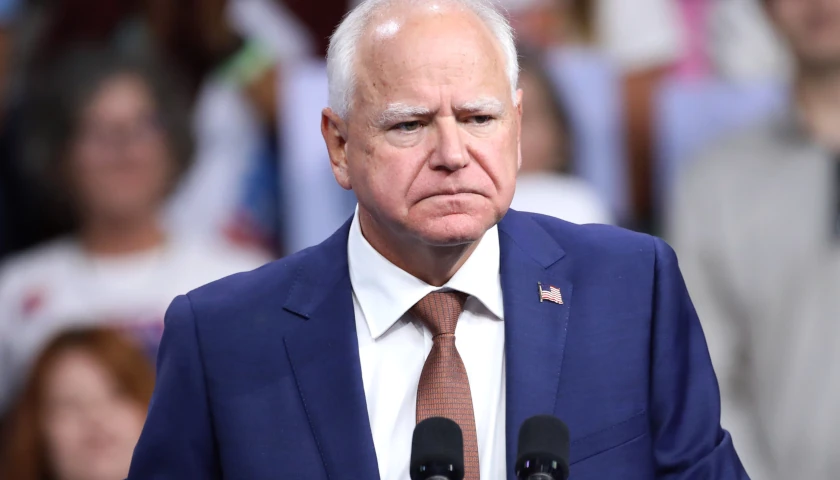Reuters
Voter engagement in the 2018 U.S. midterm races remains feverish, primaries in notable swing states Wisconsin and Minnesota showed on Tuesday.
Both states showed sharp increases in participation as voters picked candidates for Congress, Senate and governor, with Minnesota’s turnout surpassing a two-decade high and Wisconsin’s hitting levels not reached for a state primary since at least 2002.
Democrats are hoping to replicate successes seen around the nation throughout the past 18 months in local and state special elections, where high levels of enthusiasm have propelled them to victories in races from Alabama’s Senate seat in December to a southwest Pennsylvania congressional district in March.
The party is desperately seeking to flip control of Congress and capture more statehouses across the nation, as Republicans have control of both houses of Congress and the majority of state legislatures.
In Minnesota, more than 900,000 voters turned out in a state known for high levels of voter engagement, according to unofficial state figures on Wednesday. That equals a turnout rate of roughly 22 percent, according to Minnesota’s secretary of state.
It was also the highest for state primary nominating contests since 1994, not including presidential primaries, according to state data. More than 580,000 people voted on the Democratic side.
“Competitive races for open seats, and partisan enthusiasm for many of the candidates in a highly polarized climate, fueled the high turnout,” said Kathryn Pearson, political science professor at the University of Minnesota in Minneapolis.
‘Enthusiasm is high’
In Wisconsin, nearly 1 million voters cast ballots, or about 22 percent of the voting-age population, surpassing the 14 percent rate posted in both 2016 and 2014, according to a spokesman for the Wisconsin Elections Commission. That is the highest since a 22.5 percent turnout rate in 2002, but the official figure could still exceed that when all votes are counted.
Turnout was strong in Democratic strongholds such as Madison, the state capital, and the largest city, Milwaukee, but also in Republican suburbs around Milwaukee.
Democrats picked Tony Evers to challenge Governor Scott Walker, who is seeking a third term, while Republicans chose state senator Leah Vukmir as their opponent to Democratic U.S. Senator Tammy Baldwin. Early polls have shown the governor’s race to be close, with Baldwin holding larger leads in polls of the Senate race.
“Democratic enthusiasm is obviously high: They’ve won two key special elections for state senate seats and a Supreme Court election. If the election were held today, it’s highly unlikely that Trump would carry Wisconsin again,” said Charlie Sykes, a conservative commentator and longtime Trump critic.
Trump became the first Republican to win Wisconsin in 32 years when he edged out Hillary Clinton there in 2016.
However, David Canon, professor at University of Wisconsin-Madison, said not too much could be read into Tuesday’s turnout given several hot contests in the state.
All 435 seats in the U.S. House of Representatives and one-third of the Senate will be decided in November’s contests.
Democrats are trying to recapture at least one house of Congress to stall Trump’s agenda and have promised additional oversight of the president.
Republicans are trying to motivate voters by promoting the strong economy and tax-cut legislation while Trump’s approval rating remains in the low 40s.





